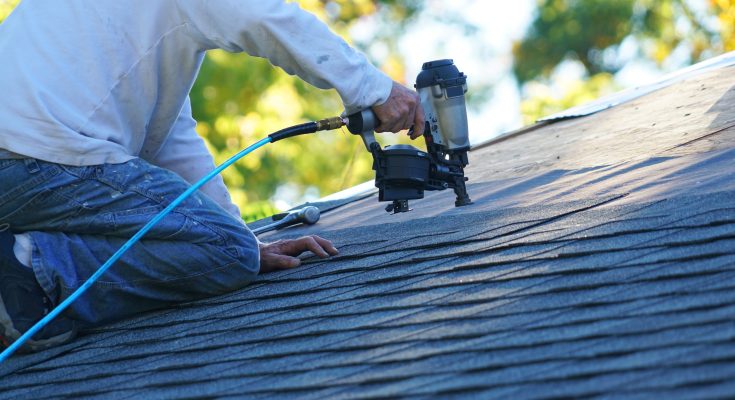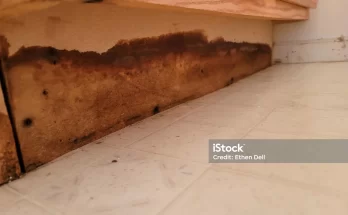Welcome to Dry Patrol’s latest blog post! Today, we’ll be delving into the world of roofing shingles – specifically their colors. Choosing the color of your roofing shingles is not just about aesthetics; it can also impact your home’s energy efficiency, resale value, and even its integrity. We’ll guide you through the options, highlighting the advantages and disadvantages of each color.
Black and Dark Colors:
Advantages:
- a) Aesthetic Appeal: Black or dark-colored shingles provide an elegant and timeless look to any home. They work exceptionally well with a contrasting light-colored exterior.
- b) Heat Absorption: For homes in colder climates, black shingles can be beneficial as they absorb more heat, helping in the reduction of heating costs.
Disadvantages:
- a) Heat Absorption: This advantage in cold climates becomes a disadvantage in hot ones. The absorbed heat can make your home unbearably hot during the summer months, increasing the cooling costs.
- b) Wear and Tear: The high heat absorption may also lead to the shingles wearing out faster than lighter shades.
White and Light Colors:
Advantages:
- a) Reflective Qualities: Light-colored shingles reflect sunlight, keeping the interior of your home cooler. This is particularly advantageous in hot climates, as it can lower air conditioning costs.
- b) Less Wear and Tear: Since they don’t absorb as much heat, light-colored shingles tend to last longer.
Disadvantages:
- a) Aesthetic Limitations: Light colors might not provide the depth and variety some homeowners seek in their exterior design.
- b) Stain Visibility: Light-colored shingles may show stains and dirt more readily than darker colors.
Earth Tones (Brown, Tan, Gray):
Advantages:
- a) Versatility: Earth-toned shingles offer a natural look and are versatile enough to complement a wide range of exterior colors and styles.
- b) Moderate Heat Absorption: They strike a balance between heat absorption and reflection, making them suitable for moderate climates.
Disadvantages:
- a) Limited Cooling Benefit: Earth tones don’t reflect as much heat as lighter colors, so in extremely hot climates, they may not be as efficient in keeping the home cool.
Green and Blue Shingles:
Advantages:
- a) Unique Appeal: Green and blue shingles offer a distinctive and refreshing aesthetic, setting your home apart from others.
- b) Blending with Surroundings: Green, in particular, can blend well with natural surroundings, making it ideal for homes in wooded areas or near parks.
Disadvantages:
- a) Limited Matching Options: These colors might limit the future choices for exterior paint colors.
- b) Resale Value: Potential buyers might not share your taste for unique colors, potentially affecting the resale value of your home.
Red and Bold Colors:
Advantages:
- a) Striking Appearance: Red and other bold colors create a vibrant and eye-catching appearance that can give your home character.
- b) Curb Appeal: Homes with bold-colored shingles might attract more attention, which could be beneficial if you’re looking to sell.
Disadvantages:
- a) Not Timeless: Trends change, and what’s popular today might not be in the future. Bold colors might become dated quickly.
- b) Neighborhood Regulations: Some neighborhoods have strict regulations regarding exterior colors, and bold choices might not be allowed.
Choosing the right shingle color is a blend of considering the aesthetic appeal, energy efficiency, and the climate of your area. While it’s important to pick a color that you love, it’s equally essential to consider the practical implications. Whether you opt for classic black, cool light shades, or a bold




